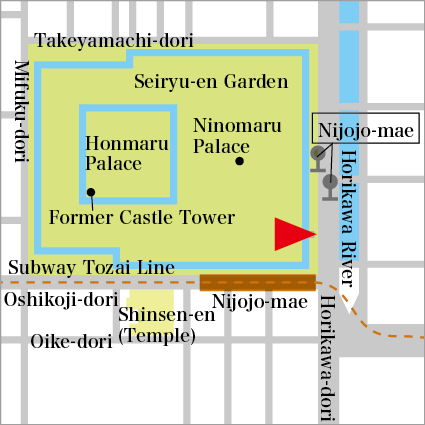Former Imperial Villa – Nijo-jo Castle
- Highlight
- Inside the Ohiroma room of the Ninomaru Palace Complex showing an official audience, with the raised dais being the shogun’s place
A villa castle at the very summit of Momoyama culture
Shogun Ieyasu Tokugawa built this castle in 1603 to protect nearby Kyoto Imperial Palace and to stay in when he visited Kyoto. The third Tokugawa shogun, Iemitsu, built further in 1626 in order to entertain the Emperor Go-Mizu-no-O. So, although called a castle, the architecture and the paintings and sculptures found within span both the splendor of Momoyama and Keicho periods and make for interesting art and craft viewing. With the downfall of the shogunate, the castle became an Imperial villa for the use of the Emperor from the Meiji period.
As to the structure and contents, the Ninomaru palace complex comprising six buildings employing shoin-zukuri, or Japanese residential architecture, in the samurai style, is a National Treasure, and the incredibly sumptuous decorations, including pictures on room partitions by artists of the Kano school, openwork screens above partitions and other sculptures as well as decorative fittings make the castle a work of art. And, besides such beauty, unfolds the delight of the Ninomaru garden, said to be renovated by Enshu Kobori.
In 1994, the castle was inscribed on the World Heritage List.
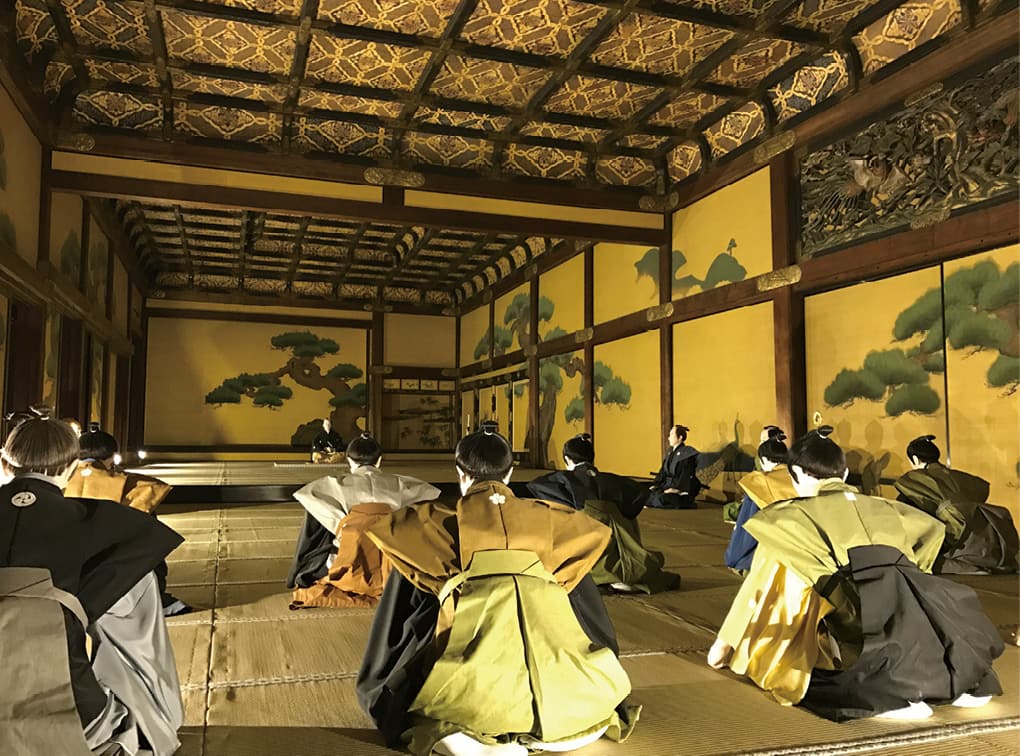
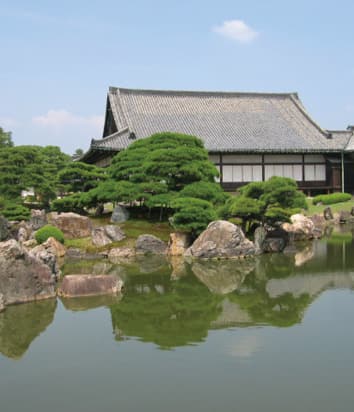
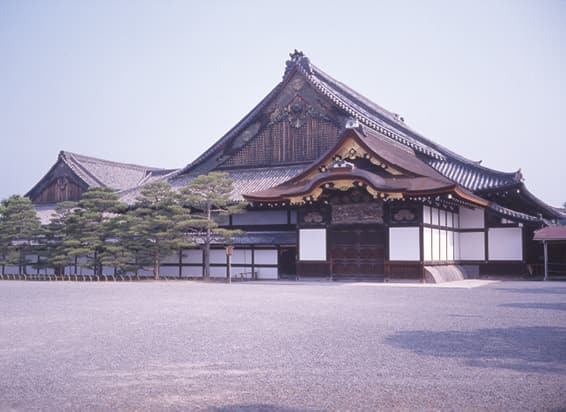
| Address | Nijojo-cho Nijo-dori Horikawa-nishi-iru, Nakagyo-ku |
|---|---|
| TEL | 075-841-0096 |
| FAX | 075-802-6181 |
| URL | https://nijo-jocastle.city.kyoto.lg.jp/ |
| Hours | 8:45~17:00 (entry by 16:00) |
| Closed | 29/12~31/12, Ninomaru Palace closed every Tue through Jan, Jul. Aug, Dec, 26/12-3/1 |
| Adm | Adults ¥800, Junior high and high school students ¥400, Elementary school students ¥300 ※Separate charge of ¥500 to be made for Ninomaru Palace |
| Access | Very close to Exit 1 of the Subway Tozai Line Nijojo-mae Stn/Very close to Nijojo-mae Stop of City Bus |
| Parking | Available (Charged) |
Facilities near by
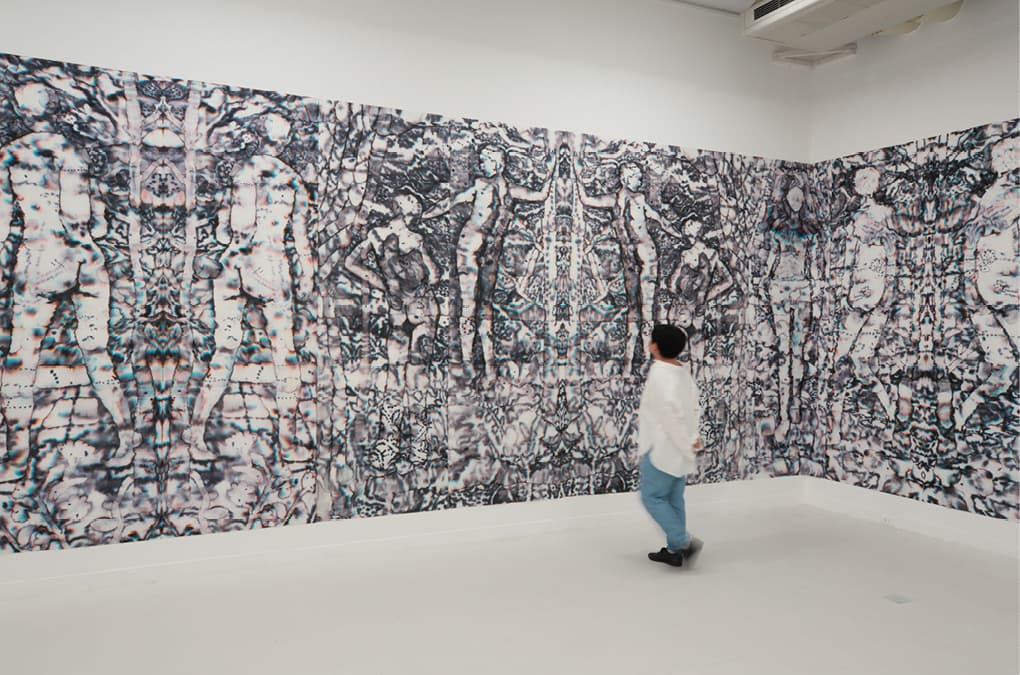
Kyoto Art Center
A confluence point for art and people in Kyoto
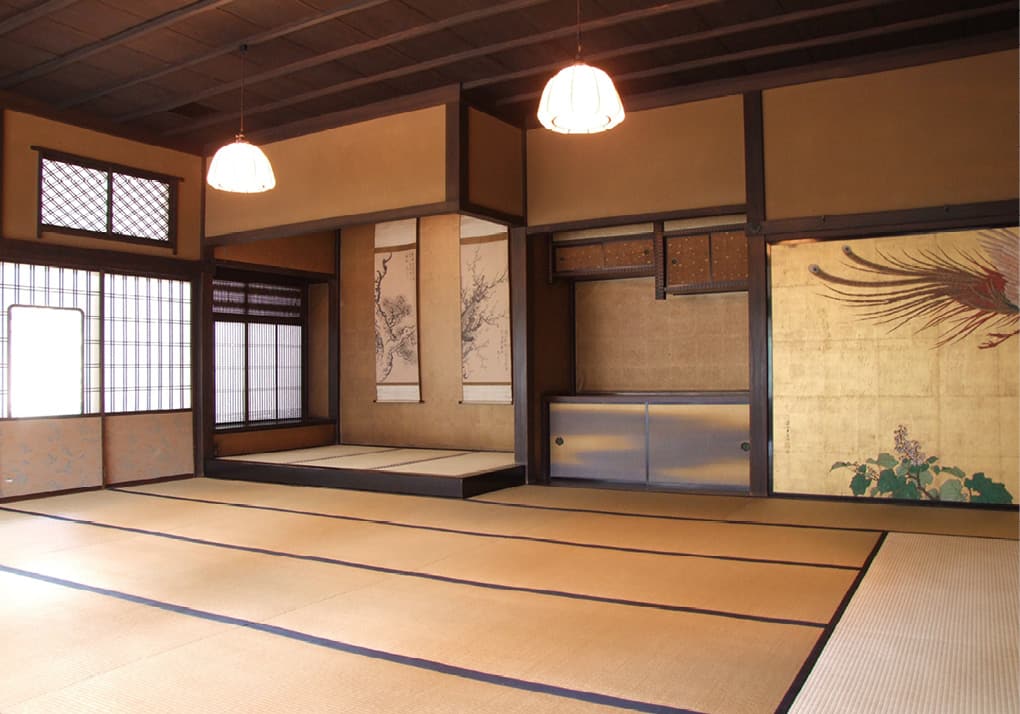
Sumiya Banquet Culture Museum
The scene of dining extravaganzas befitting Edo culture
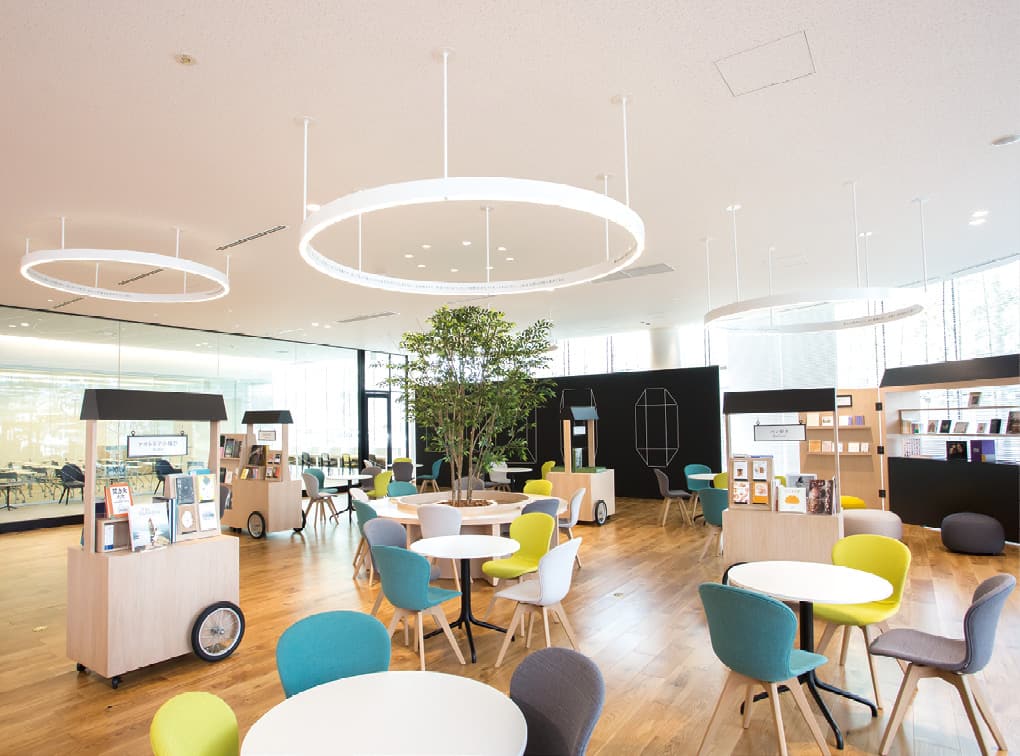
Wacoal Study Hall Kyoto
A cultural endeavor to cultivate feminine beauty
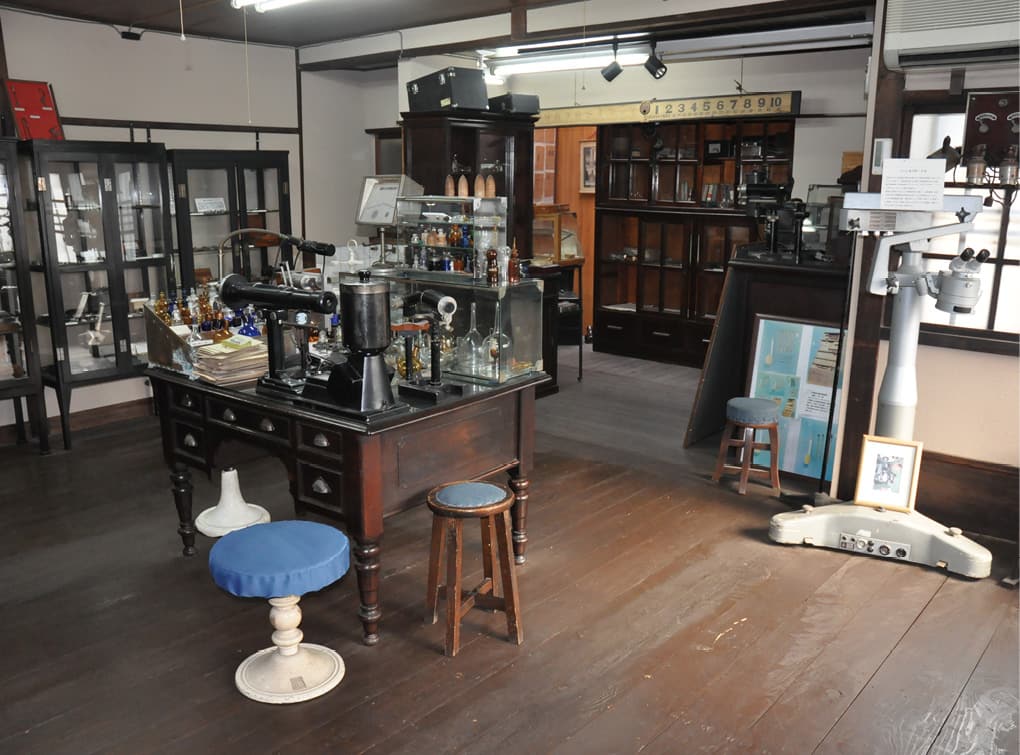
The Museum of Ophthalmology and Surgery History
Historically important medical equipment made public
